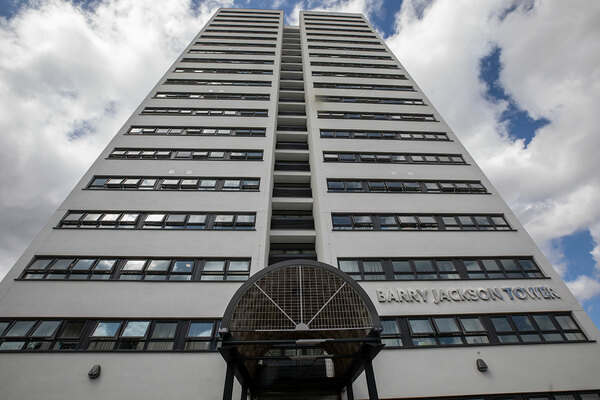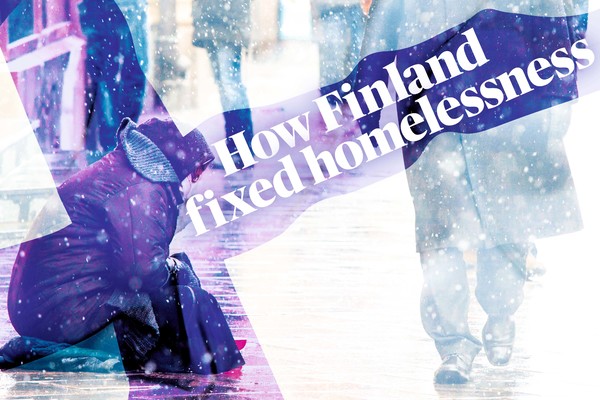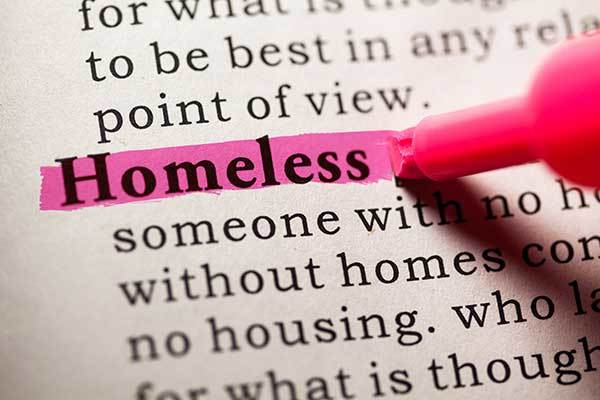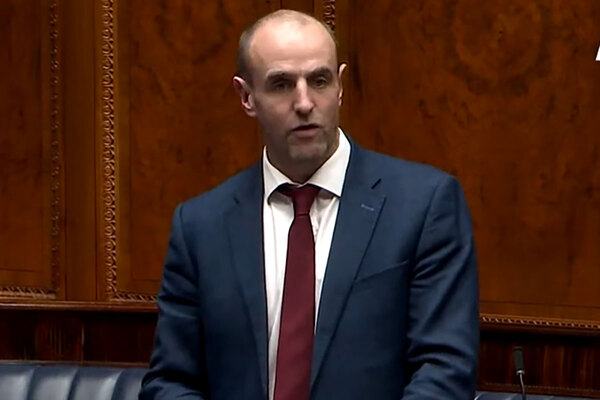You are viewing 1 of your 1 free articles
Homelessness Reduction Act increasing temporary accommodation numbers, says LGA
More people are being placed in emergency and temporary accommodation as a result of the new Homelessness Reduction Act, councils have said.
A survey of 151 town halls by the Local Government Association (LGA) found that six in 10 councils said they have had more households in temporary accommodation since the act was introduced last April.
The same number said people are spending longer periods of time in temporary accommodation, while 78% said the number of people presenting as homeless to local authorities had increased because of a wider range of applicants now entitled to help under the new legislation.
Under the Homelessness Reduction Act, local authorities have new duties to help those threatened with losing their home as part of a government bid to cut homelessness.
It places greater emphasis on prevention, with councils now required to assess more homeless applications, provide more advice services and support people to enter or remain in stable accommodation for a longer period.
But the LGA said councils are struggling to cope with rising numbers of people facing homelessness because of the lack of available affordable housing.
It said “excessive levels of paperwork” required by the duties are leading to high administration costs and hampering their ability to help people close to homelessness.
Some councils also said problems with the Homelessness Reduction Act H-CLIC IT system and insufficient funding were causing issues.
Martin Tett, leader of Buckinghamshire County Council and housing spokesperson for the LGA, said: “Many councils have updated their homelessness prevention strategies since the act was introduced last year.
“But a lack of affordable housing has left many struggling to cope with the rising number of people coming to them for help and having to place more families and households into temporary and emergency accommodation as a result.
“This is bad for families and communities, expensive for councils and not the aim of the act.”
Official figures released in December showed councils had accepted homeless duties for 58,660 households in the first three months of the Homeless Reduction Act.
However, 82,310 households were in temporary accommodation at the end of June – a 71% increase since the end of 2010.
An Inside Housing investigation in the summer revealed that council spending on temporary accommodation was nearing £1bn.
Meanwhile, a government-commissioned report published yesterday concluded that welfare reform and a lack of affordable housing are among the main reasons for families becoming homeless.
The Ministry of Housing, Communities and Local Government (MHCLG) said the causes of homelessness “are often complex and challenging” and that it is investing £1.2bn to tackle the problem.
MHCLG also published a consultants’ evaluation report on the councils which acted as trailblazers for the Homelessness Reduction Act yesterday.
The report concluded that “the trailblazer programme has effectively helped local authorities and their partners to develop and implement innovative approaches to homelessness prevention”.
Housing secretary James Brokenshire confirmed allocations for £46m intended to help councils reduce rough sleeping yesterday.
At a glance: Homelessness Reduction Act 2017
The Homelessness Reduction Act 2017 came into force in England on 3 April 2018.
The key measures:
- An extension of the period ‘threatened with homelessness’ from 28 to 56 days – this means a person is treated as being threatened with homelessness if it is likely they will become homeless within 56 days
- A duty to prevent homelessness for all eligible applicants threatened with homelessness, regardless of priority need
- A duty to relieve homelessness for all eligible homeless applicants, regardless of priority need
- A duty to refer – public services will need to notify a local authority if they come into contact with someone they think may be homeless or at risk of becoming homeless
- A duty for councils to provide advisory services on homelessness, preventing homelessness and people’s rights free of charge
- A duty to access all applicants' cases and agree a personalised plan














